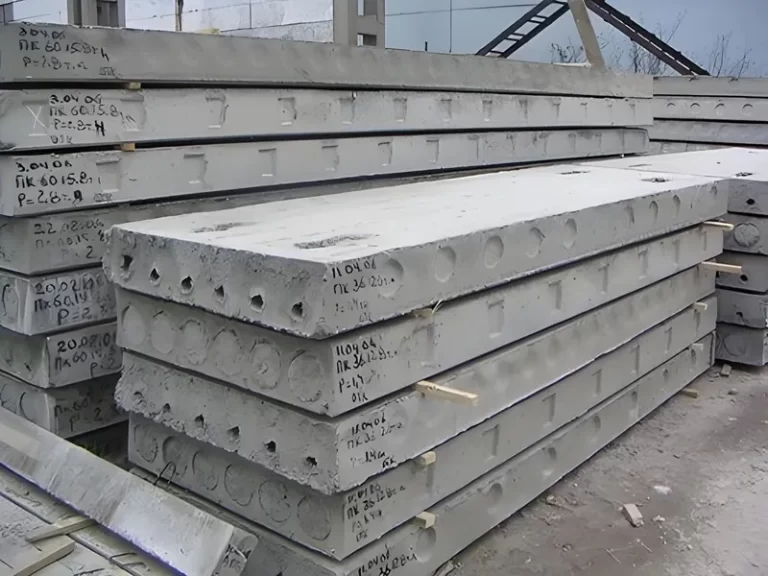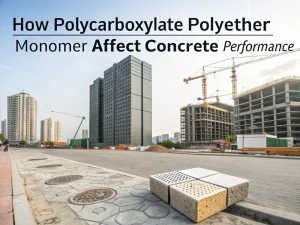Blog

With the advancement of modern building science and the availability of high-quality admixtures, the construction industry is experiencing unprecedented progress and innovation.
A typical construction project requires several construction chemicals, with superplasticizers being one of the chemical admixtures widely used in the construction industry. Due to the variety of superplasticizers available in the market, it is essential to choose the one that suits your own project.
This article will help you choose right superplasticizers according to construction requirements by discussing the types of superplasticizers and the factors that need to be considered when selecting superplasticizers.
There are various types of superplasticizers, each with different characteristics. The most common types of highly efficient water-reducing agents include:
SMF has strong dispersing properties, provides sound water reduction, and can improve the early strength of concrete. However, they are less commonly used due to their relatively high cost and potential environmental concerns.
SNF has similar dispersing properties. They are popular because they are more affordable and can reduce water content while maintaining workability. However, they may have some limitations regarding slump retention and environmental friendliness compared to polycarboxylate high-efficiency water reducers.
PCE are the most advanced high-efficiency water reducers. They have excellent flow properties, excellent water reduction, good slump retention, and durability. They are suitable for various concrete applications, including high-performance concrete, self-compacting concrete, and precast concrete.
Each type of superplasticizer additive offers unique benefits to meet the specific needs of many construction projects, from high-rise buildings to complex architectural designs.
Several key factors must be considered when choosing the right superplasticizers for your concrete. This will ensure optimum performance and compatibility with your specific project requirements.
The following factors are critical to selecting the proper superplasticizers:
The primary factor in selecting the right superplasticizer is evaluating its effect on concrete properties such as workability, setting time, and final strength. Different projects usually require specific properties.
For example, high-rise buildings require high-strength and fast-setting concrete. Conversely, complex structures may require concrete with excellent flowability.
Superplasticizers should be compatible with other admixtures (e.g. retarders, accelerators and air-entraining agents) and with the cement and aggregates used in the concrete.
Compatibility problems may result in reduced performance or even adverse effects on the concrete.
Environmental factors are becoming increasingly important in construction.
Some superplasticizers may have a lower environmental impact than others, such as those with lower emissions of volatile organic compounds or those made from renewable materials.
The cost of a superplasticizer is also an important consideration. While superplasticizers may offer better performance, they can also be more expensive. Typically, high-performance, high-efficiency water reducers have a higher initial cost.
However, their ability to reduce water content and improve concrete performance can help save money in other areas, such as lowering cement usage and shortening construction time.
It is important to balance cost and performance to ensure the most cost-effective solution for the project.
Testing and evaluation are recommended before selecting an efficient water-reducing agent to determine its suitability for a concrete project.
This may include laboratory tests to measure water reduction, slump retention, strength development and other properties. Field tests may also be necessary to evaluate the performance of superplasticizers under actual construction conditions.
Choose right auperplasticizers for concrete is critical in ensuring a cost-effective and durable construction project.
You should consider several factors mentioned in the article and choose a suitable agent through testing, evaluation, and consulting with experts.

How Polycarboxylate Polyether Monomer Affect Concrete Performance
Blog How Polycarboxylate

How Polycarboxylate Superplasticizer Interacts With Slag In Concrete
Blog How Polycarboxylate